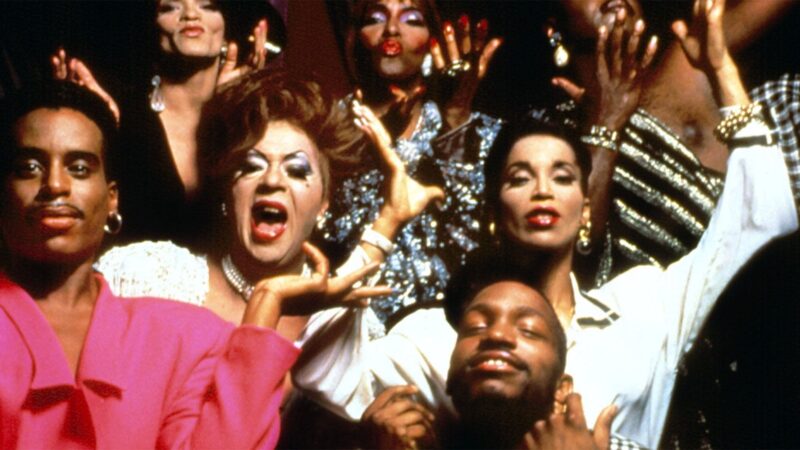
“Paris is Burning” Screening
2021-2022 SCREENING
(Where does voguing come from, and what, exactly, is throwing shade? This landmark documentary provides a vibrant snapshot of the 1980s through the eyes of New York City’s African American and Latinx Harlem drag-ball scene. Made over seven years, PARIS IS BURNING offers an intimate portrait of rival fashion “houses,” from fierce contests for trophies to house mothers offering sustenance in a world rampant with homophobia, transphobia, racism, AIDS, and poverty. Featuring legendary voguers, drag queens, and trans women–including Willi Ninja, Pepper LaBeija, Dorian Corey, and Venus Xtravaganza–PARIS IS BURNING brings it, celebrating the joy of movement, the force of eloquence, and the draw of community.
STREAM FOR FREE ON KANOPY
Stream on “Paris is Burning” Kanopy
All ACC users have access to Kanopy. Kanopy requires that you log on with your ACC eID and then complete a one-time Kanopy registration which you can use to authenticate from any location.
Austin Public Library users also have access to Kanopy. More information on accessing Canopy through the Austin Public Library system can be found here.
Watch the Conversation
HELD ON WEDNESDAY, APRIL 13TH, 2022
Watch the film in advance for free on Kanopy and then join us for a conversation led by Dr. Mark Cunningham and Mocha Jean Herrup.
CO-DISCUSSANT

Mocha Jean Herrup is a filmmaker and digital content creator, media studies educator, human rights and social justice organizer, technical and creative writer, performer, and community enthusiast. Herrup employs humor, personal narrative, and alternative storytelling practices to confront arrangements of power that hide in plain sight, often blurring the line between fact and fiction.
Additional Film Resources
Black Looks
Race and Representation
By Bell Hooks
In the critical essays collected in Black Looks, bell hooks interrogates old narratives and argues for alternative ways to look at blackness, black subjectivity, and whiteness. Her focus is on spectatorship—in particular, the way blackness and black people are experienced in literature, music, television, and especially film—and her aim is to create a radical intervention into the way we talk about race and representation. As she describes: “the essays in Black Looks are meant to challenge and unsettle, to disrupt and subvert.” As students, scholars, activists, intellectuals, and any other readers who have engaged with the book since its original release in 1992 can attest, that’s exactly what these pieces do.